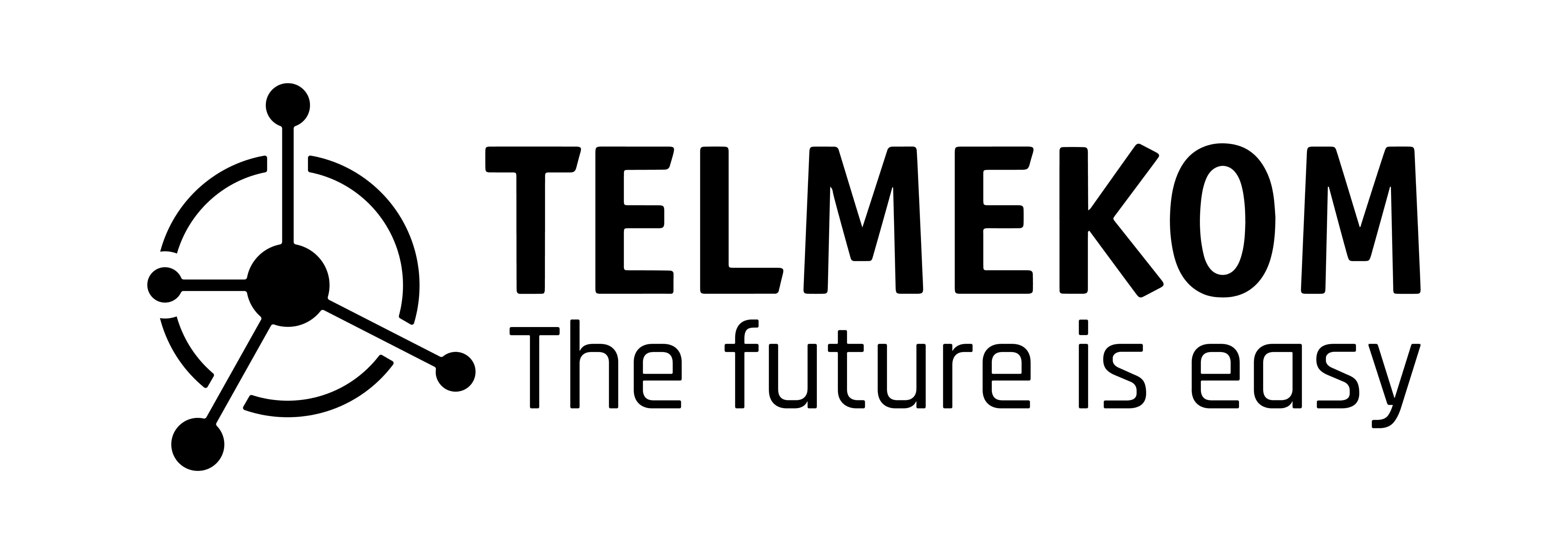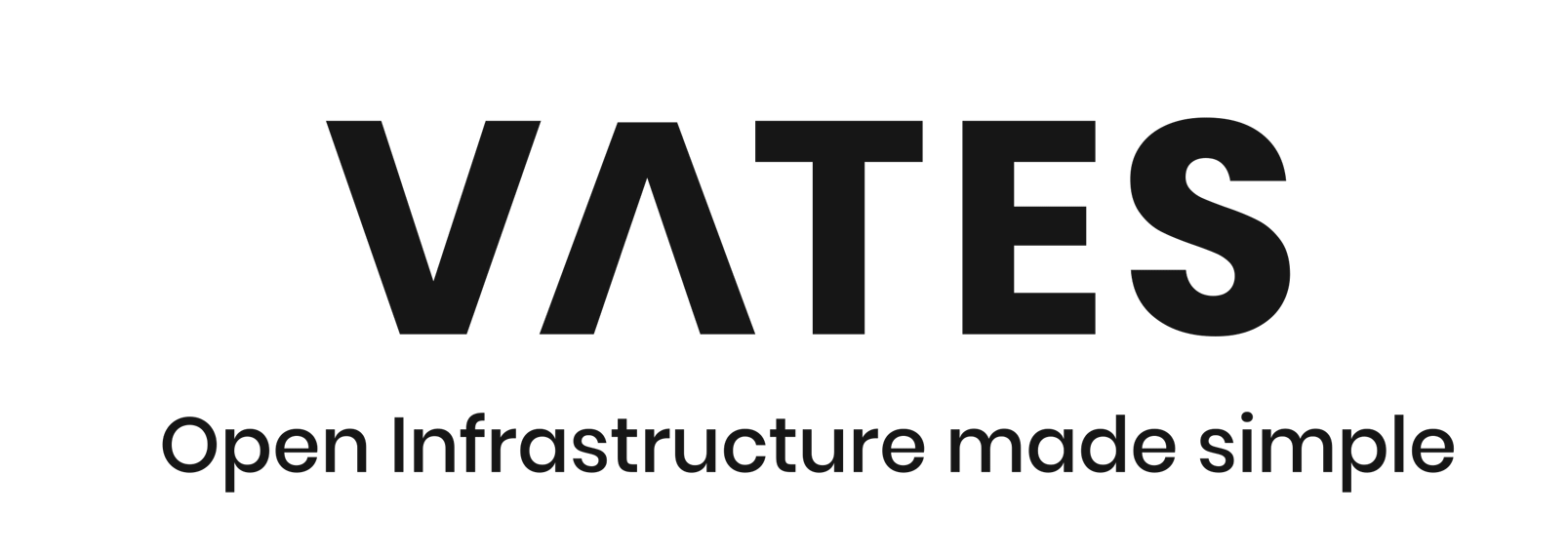Machine learning and deep learning methods are widely used in the field of Earth observation, both for image classification and image segmentation tasks. However, the implementation of these methods is often limited by the available computational resources, especially when applied to large-scale high-resolution imagery. Within the scope of the AI4EBV project (https://ai4ebv.eurac.edu/), funded by the Group on Earth Observation Biodiversity Observation Network (https://geobon.org/) and Microsoft, we are assessing the computational cost and accuracy of different machine learning and deep learning models for the task of multispectral image segmentation. We are integrating open digital elevation model and multitemporal Earth observation data, to derive general land cover at a spatial resolution of 30m for the entire European Alps throughout the years 2016-2020. We focus on comparing the accuracy and cost of advanced feature extracting deep learning algorithms (e.g., deep convolutional neural networks) with traditional feature-based machine learning algorithms (e.g., random forests, support vector machines). The algorithms are written in Python-3 and are based on existing open-source frameworks for scalable data analytics (numpy, xarray, and dask) and machine learning (scikit-learn and PyTorch). The developed algorithms are highly optimized, allowing for large-scale image analysis on both multiple CPUs and GPUs in parallel.





























